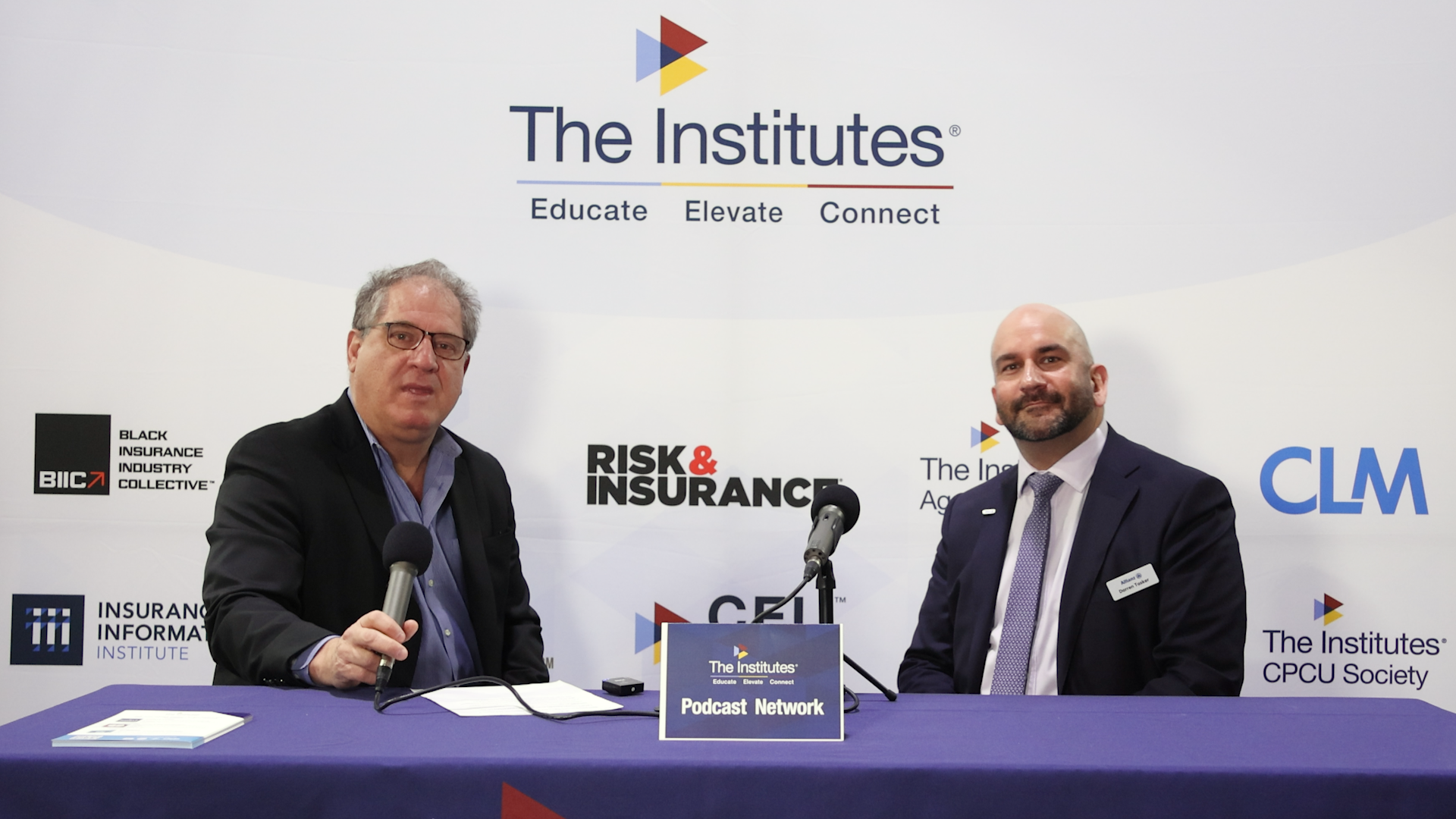Risk Insider: Jack Hampton
The Cutting Edge of Health Care Reform
The Land of Lincoln health care exchange just announced it is closing as a result of big financial losses. Naturally, the first thing that comes to mind is podiatry.
The closing after three money-losing years is bad news for Illinois joggers. They need periodic visits to the podiatrist to treat abused toenails and painful calluses.
So why should those who don’t live in Illinois, or even jog, care? Let me explain.
Health care tries to balance the cost and benefits of service with care and understanding for the emotional needs of the patient. By and large, it does a great job.
The problem is a mismatch between the backgrounds of the people who provide service and the services needed. Routine treatments do not rise to the level of disorders. Annual physicals are not complicated.
We need a better system for routine and preventative health care. We are getting it, but too slowly.
An over-reliance on testing and high-priced technology is one reason exchanges are going out of business. Here is another:
Dennis D’onofrio, Doctor of Podiatric Medicine, has an office in Torrington, CT. He did post graduate work at Yale and residency at a VA hospital.
He has two board certifications and three hospital affiliations. His achievements verify his prowess with corns, calluses and ingrown toenails.
Does Dr. Dennis, with all his expensive learning, have to perform at this level of medical intervention? Pedicurists, often lacking a high school degree, can treat feet in storefront salons.
Imagine Dr. D’onofrio, board certified and all, sanding down a big toe. Could a lesser-trained health care professional perform many of his daily tasks?
The mismatch between medical treatment needed and qualifications of the provider drives up the cost of health care and creates shortages of medical services.
We need a better system for routine and preventative health care. We are getting it, but too slowly.
If we do not accelerate the process, the cost of health care may bury both medical providers and federal efforts to subsidize services for the needy and disadvantaged.
Question for the Illinois Department of Insurance. Can we find capable people and train and certify them to perform routine and preventative medical service?
Would this lower the cost of health care and could it have kept the Land of Lincoln cooperative viable doing what it does at a cost people and the government can afford?
We know the answer. Medical providers are doing it already. Nurses perform procedures once in the realm of doctors.
We are training medical assistants in areas as varied as family medicine, geriatrics, internal medicine, pediatrics, oncology, and cardiology. We need to accelerate the authorization for them to do more before financial pressure collapses the current system.
Concluding thoughts. I wonder if Dr. D’onofrio has student loans from his medical school days. Perhaps a leased Mercedes with monthly payments. A vacation home in the Caribbean.
We would not want this dialogue to hurt him. The man is a magician when it comes to treating minor foot pain.










